James Clegg’s talk on the practicalities of an exhibition confirmed to me that a gallery setting with a typical hanging of work is not what I want to do. I want to host more of an event/ sharing style project, in which conversation is at the forefront as the main idea. I’m currently thinking about doing something collaborative, or setting up a network in which people can have discussions about their work which becomes the form of collaboration. I keep on returning to postal art, based on the Women in Revolt exhibition, and actually after Sandra Teitge’s talk this is what is bringing me joy so I will lean in that direction for now. I need to research it more, but conceptually I like the idea of people being able to make something from what they have at home, the trinkets they carry or tickets from events they have been to, and from that very manually make something that can be shared. In this way each individual becomes their own curator of what they wish to share and what remains private to them.
I have a bias towards a form of physical creation, and so I’m thinking of a physical postal system but there might be more interest in a digital platform/network for sharing. That way I could think about the digital trinkets and remnants we collect everyday, thinking about photos and receipts and notifications. How can people share these in a way that allows for conversation to happen? What will people want to share?
Clegg encouraged absorbing and looking at as much art as possible so for me the next steps will be seeing what work I feel like could help me figure out the physical/digital debate. I want the network to be accessible, something also important Clegg said, so some practicalities should begin to be considered.
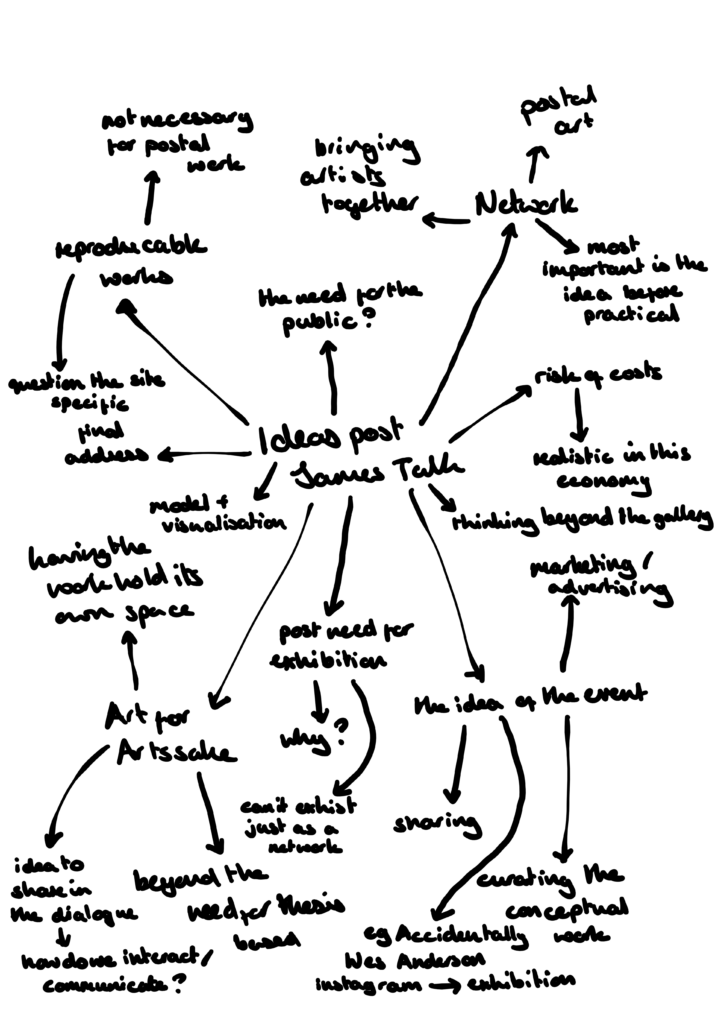
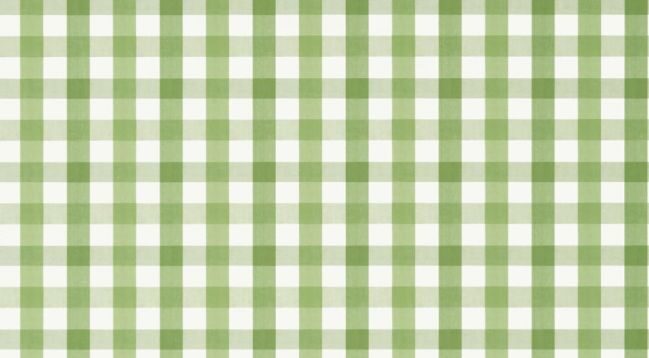

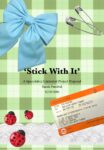

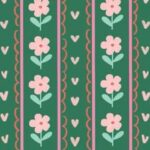
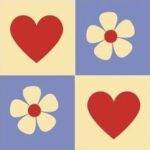
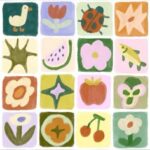

s2752776
19 February 2025 — 21:26
Hi Sarah,
I enjoyed reading this blog. Its conversational tone helped to unveil your thought process in a way that felt organic. The inclusion of your mind map is also a great touch. It is clear from your writing that you have carried out a lot of external research which is helping to shape your speculative project.
Your interest in postal art encourages thinking about how alternative networks of exchange can exist beyond traditional institutional structures. Maybe look at Ray Johnston – he has been deemed as ‘ the father of mail art’. his work ‘The New York Correspondence School’ blurred the lines between art, social interaction (workshops), and remote communication (postal correspondence). It’s an example of how exchange (the exchange of objects and verbal exchange) can exist on multiple levels within the one artwork.
Your question about digital vs. physical exchange is interesting, especially when you consider how we curate and give meaning to our everyday trinkets online. Amalia Ulman’s ‘Excellences and Perfections’ (2014) is an example of how social media can be used to both communicate with others and archive our own personal trinkets, with instagram facilitating the creation of a network through its interactive features.
Similarly K8 Hardy’s ‘Envelope Quilt’ (1994-2002) (https://www.createastir.ca/articles/vancouver-art-gallery-copy-machine-manifesto-zines-exhibition) offers a fascinating way of compiling and displaying postal art in one comprehensive piece, while making visble the network of communication behind it. This could he useful when thinking about your own project – while you have considered the possibility of an online archive/sharing platform, could the artworks exchanged culminate in a similar way?